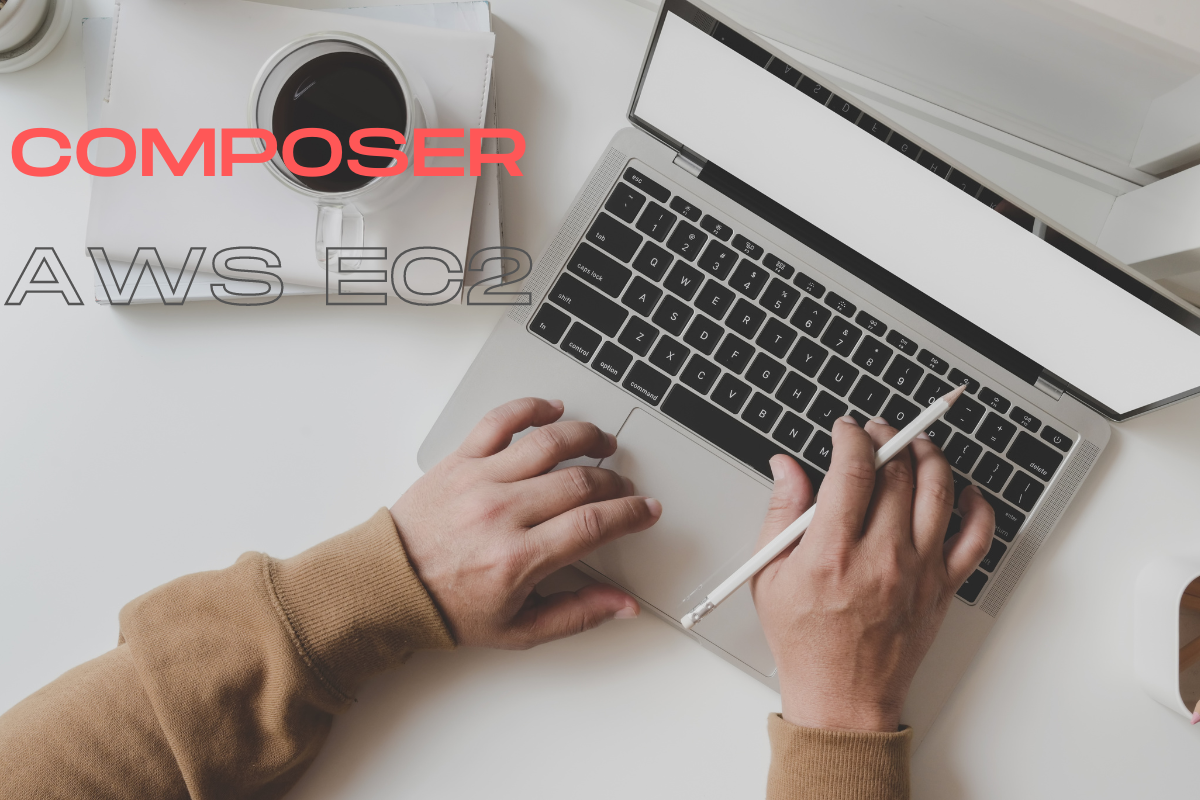Welcome to the world of cloud computing and DevOps! Today, we are going to cover a comprehensive guide on how to install Composer, a popular dependency management tool in PHP, on an AWS EC2 instance with Amazon Linux 2. This can be highly beneficial in setting up a robust development or production environment for your PHP projects.
Table of Contents
What is Composer?
PHP Composer is a dependency manager for PHP. It allows you to declare the libraries your project depends on and it will install and manage them for you.
A composer is a tool for dependency management in PHP. It allows you to declare the libraries your project depends on and it will manage (install/update) them for you.
Using Composer can help you avoid having to manually download and manage libraries and their dependencies, which can save you time and help ensure that your project is using consistent, up-to-date versions of the libraries it depends on.
Step 1: Launching EC2 Instance with Amazon Linux 2023
Assuming you already have an AWS account, the first step is to launch a new EC2 instance.
- From your AWS Management Console, navigate to the EC2 Dashboard and click on “Launch Instance”.
- Choose “Amazon Linux 2 AMI (HVM)” from the list of AMIs.
- Select your preferred instance type based on your requirements (t2.micro is free-tier eligible), then click “Next: Configure Instance Details”.
- Set up your instance details according to your needs and move on to “Next: Add Storage”.
- Add storage as per your requirements and continue to “Next: Add Tags”.
- Add any tagging data if you need it and move on to “Next: Configure Security Group”.
- Configure your security group. Ensure that you have SSH access (port 22) from your IP address.
- Review your instance and click “Launch”. Make sure you have the key pair to SSH into your instance.
Now, your EC2 instance should be up and running!
Step 2: Connect to Your EC2 Instance
Now that your instance is ready, it’s time to connect to it. Use the below command in your terminal:
ssh -i /path/to/your/key.pem ec2-user@your-ec2-public-ipReplace /path/to/your/key.pem with the path where you’ve saved your key pair and your-ec2-public-ip with the Public IPv4 address of your EC2 instance.
Step 3: Update Your EC2 Instance
Before we start with the Composer installation, it’s a good practice to update your instance to the latest packages. Run the following command:
sudo dnf update -yStep 4: Install PHP
To use Composer, you need PHP installed on your system. Amazon Linux 2 has PHP available in its repositories. Use the following command to install PHP:
sudo dnf install php php-cli php-mbstring php-zip php-xml unzip -yThe above commands will install PHP 8.3 along with some additional packages that Composer requires.
Step 5: Install Composer
Finally, we have come to the part where we install Composer. Run the following commands:
cd ~
sudo curl -sS https://getcomposer.org/installer | sudo php
sudo mv composer.phar /usr/local/bin/composer
sudo ln -s /usr/local/bin/composer /usr/bin/composer
#then you can run (optional)
sudo composer installHow To Use Composer?
To use Composer, you will need to have PHP installed on your system. You can then install Composer by following the instructions on the Composer website (https://getcomposer.org). Once you have Composer installed, you can use it to install libraries for your project by creating a composer.json file that lists the libraries your project depends on, and running the composer install command.
For example, let’s say you want to use the popular PHP testing library PHPUnit in your project. To do this using Composer, you would first create a composer.json file that looks like this:
{
"require": {
"phpunit/phpunit": "^9.0"
}
}This file declares that your project depends on the PHPUnit library, specifically version 9.0 or higher.
Alternatively, you can run this to install aws-sdk for PHP
composer require aws/aws-sdk-phpNext, you would run the composer install command, which will install PHPUnit and its dependencies into a vendor directory in your project. You can then include the PHPUnit autoloader in your project and start using the library.
Composer makes it easy to manage the libraries your project depends on and helps ensure that you are using consistent, up-to-date versions of those libraries. It is a valuable tool for any PHP developer.
Conclusion
Composer is an integral tool for PHP development, and being able to configure it in a cloud environment like AWS is an invaluable skill. By following the steps outlined in this guide, you can easily install Composer in Amazon Linux 2.



